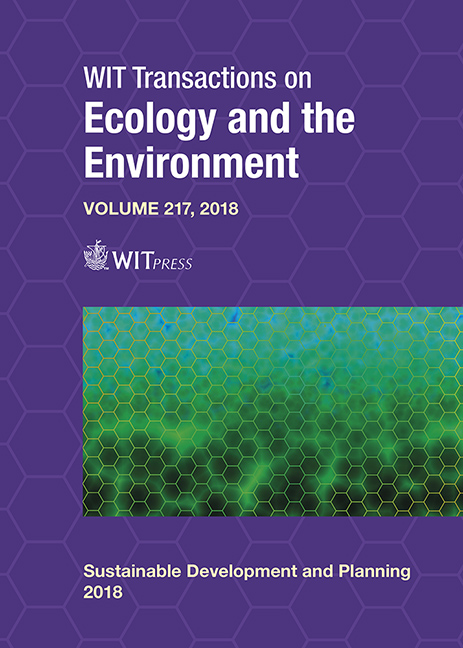SPATIO-TEMPORAL COMMUTING PATTERN IN THE UNIVERSITY ENVIRONMENT: A GENDER PERSPECTIVE
Price
Free (open access)
Transaction
Volume
217
Pages
9
Page Range
745 - 753
Published
2018
Size
259 kb
Paper DOI
10.2495/SDP180631
Copyright
WIT Press
Author(s)
BUSARI AYOBAMI, OLUWAJANA SEUN, EDE ANTHONY, JOSHUA OPEYEMI, ADEYANJU EMMANUEL
Abstract
Transportation is an important part of campus life. The need to study the male–female differences in the choice of walking is essential in calibrating a robust travel demand model of the university environment. Subsequently, there is a need for a novel approach in the trip pattern of the university environment. This study assessed the spatio-temporal commuting pattern in three universities in Nigeria, with a special focus on gender. Information sheets (n = 1500) were distributed to three categories of university in Southwestern Nigeria: private university, State government-owned university, Federal government university. This was backed up with focus group discussions in the selected schools. We assessed the frequency of trips, trip distance, trip pattern, gender and the modal split of the respondents. Results showed that the female gender accounted for the highest frequency of trips, but the lowest frequency of long-distance trips. The results also revealed that distance, time, travel cost, comfortability and accessibility had a positive influence on the volume of trips. Pearson’s Correlation of the variables was done and the Pearson’s r value for distance was 0.844 and time, 0.77. The results showed a strong positive correlation for gender, as compared to the other variables, affecting trip-making. The research showed that gender difference influences the choice of mode and frequency of trips, which are essential variables in travel demand models.
Keywords
gender, university, trip pattern, commuting, travel behaviour





